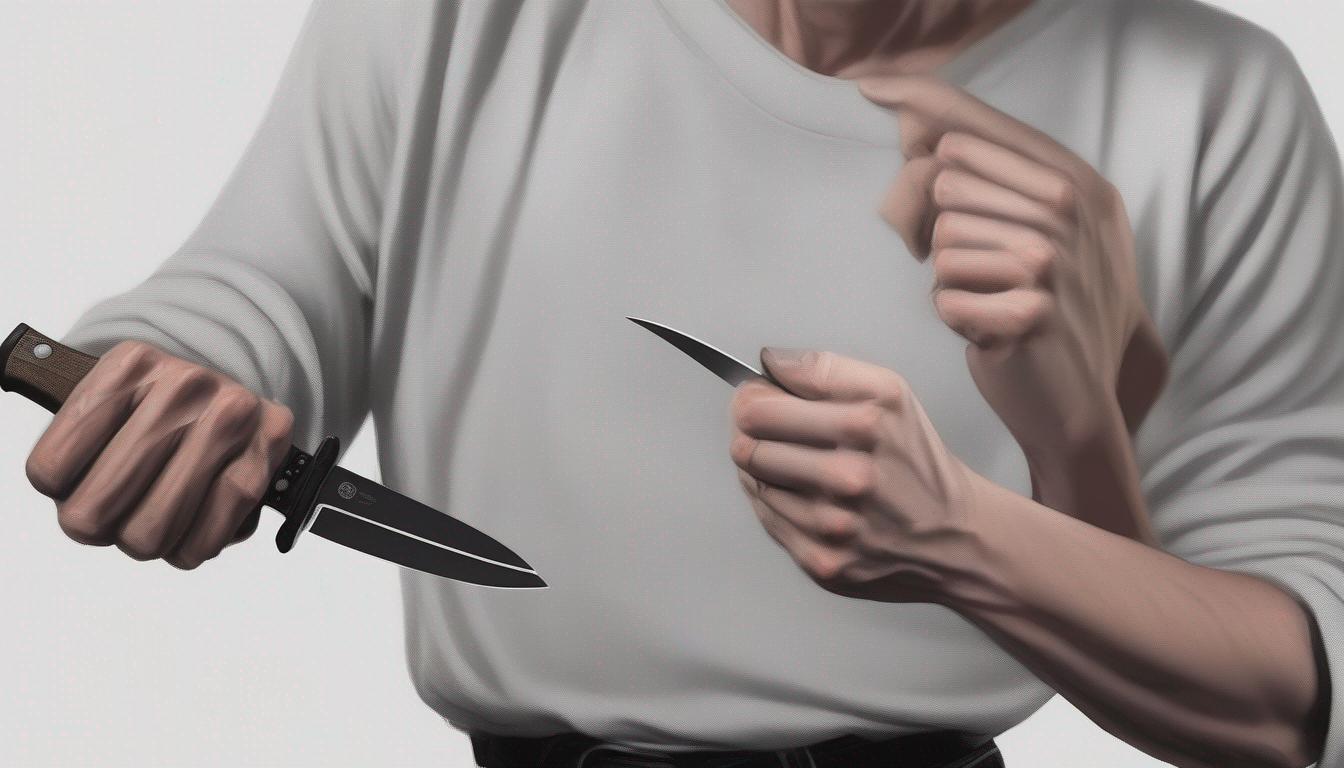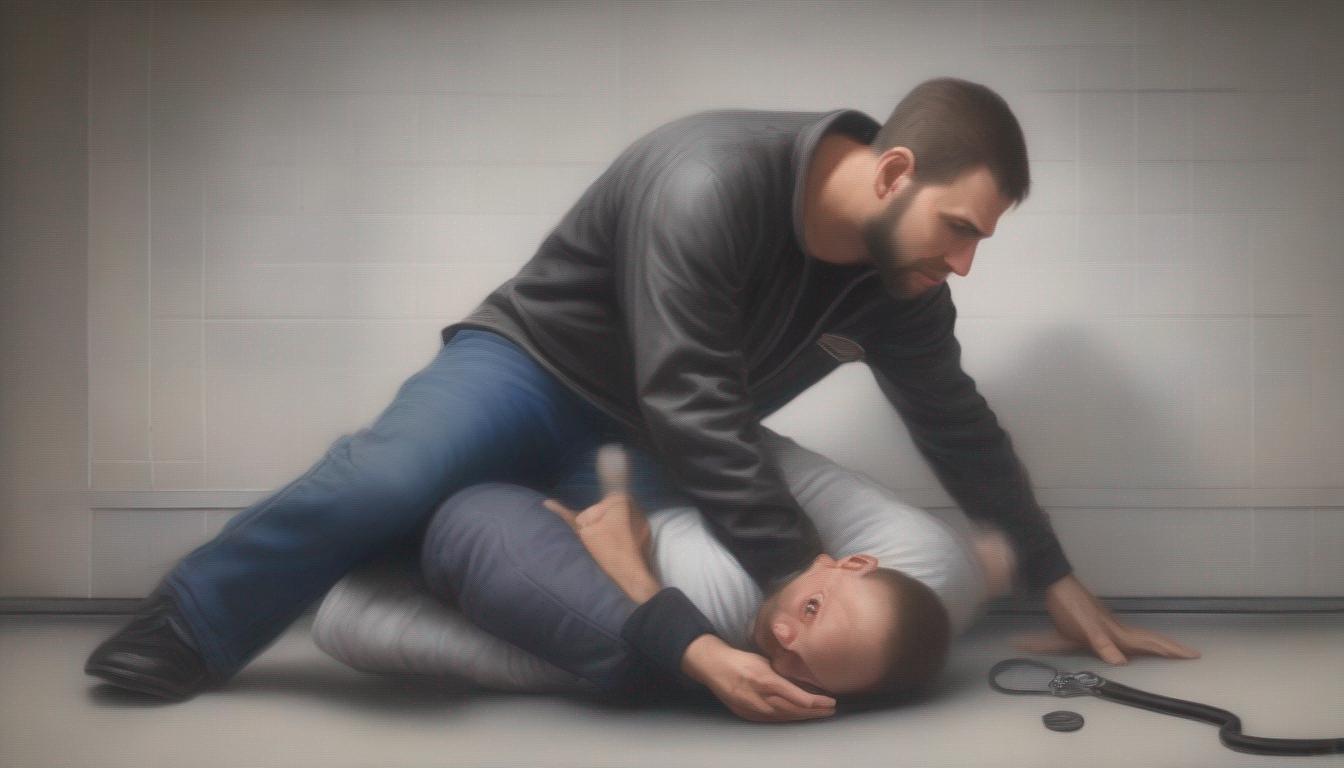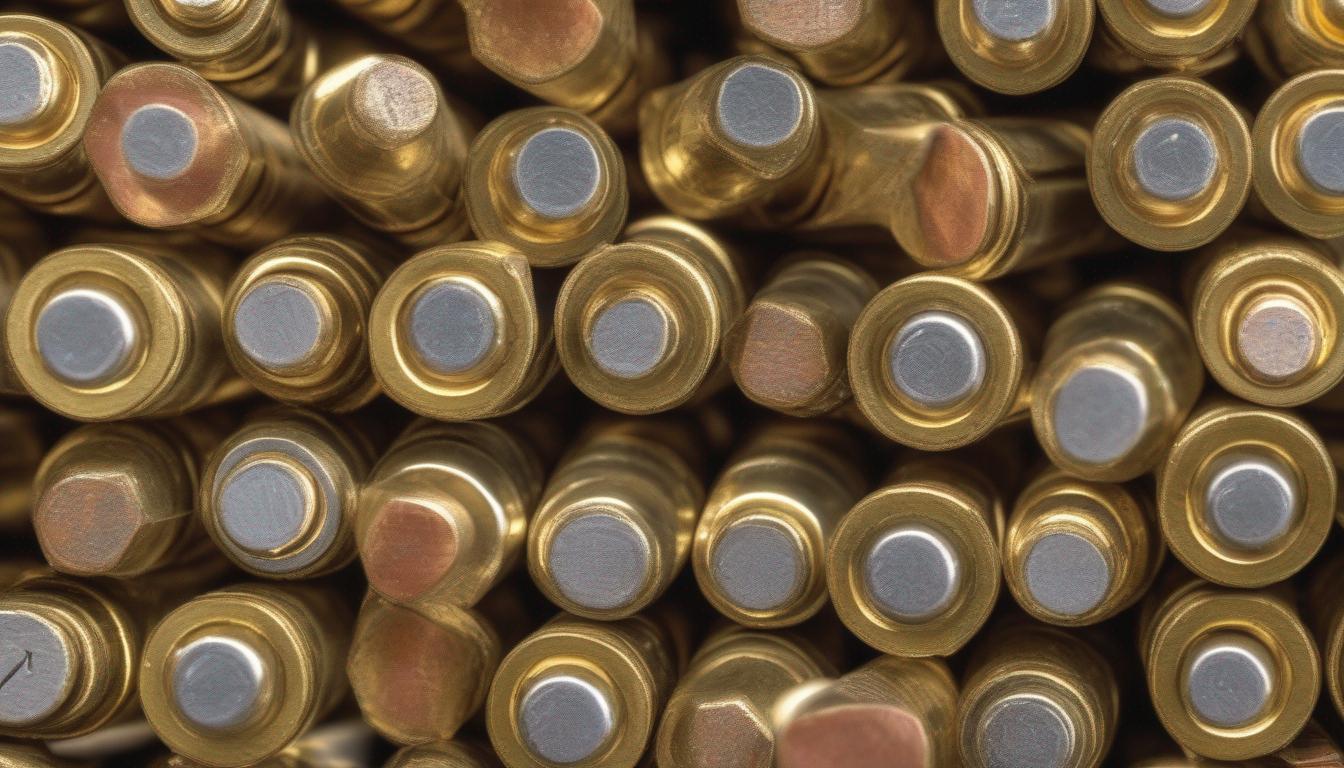Knife-holding techniques for self-defense
Knife-holding techniques are critical for self-defense situations. Knowing how to properly hold a knife can make a significant difference in protecting yourself effectively. In this article, we will explore various knife-holding techniques that can enhance your self-defense skills and improve your overall safety.
Understanding Knife Grips for Self-Defense
When it comes to self-defense, the way you hold a knife can impact your ability to defend yourself efficiently. One of the most common knife grips for self-defense is the "Ice Pick Grip." In this grip, you hold the knife with the blade facing downward, similar to how you would hold an ice pick. This grip allows for powerful and direct thrusts, making it effective in close combat situations.
The Importance of a Secure Grip
Maintaining a secure grip on the knife is essential during a self-defense encounter. A loose grip can result in the knife being easily knocked out of your hand, leaving you vulnerable. One effective way to ensure a secure grip is by using the "Hammer Grip." In this grip, the knife is held similarly to how you would hold a hammer, with the blade extending from the bottom of your fist. This grip provides stability and control, allowing for precise movements.
Techniques for Knife Deployment
Being able to deploy your knife quickly and efficiently is crucial in self-defense scenarios. One effective technique for knife deployment is the "Reverse Grip." In this technique, the blade is facing upward, and the knife is held in a reverse grip position. This allows for concealed carry and rapid deployment when needed. Practicing the fluid motion of deploying your knife can significantly improve your response time in high-pressure situations.
Strategic Knife Angles for Self-Defense
Understanding the angles at which you can hold your knife is important for effectively defending yourself. The "Forward Grip" is a common angle where the blade faces forward, away from your body. This grip allows for versatile movements and quick slashes to create distance between you and the attacker. Additionally, the "Reverse Tanto Grip" is another effective angle where the blade faces inward, towards your body, providing close-range defense capabilities.
Training and Practice for Mastery
Mastering knife-holding techniques for self-defense requires consistent training and practice. Engaging in self-defense classes or martial arts training that focuses on knife techniques can enhance your skills and confidence in using a knife for self-protection. Regularly practicing different grips, deployment techniques, and angles will help you become more proficient in handling a knife during high-stress situations.
Mastering knife-holding techniques is crucial for self-defense preparedness. Understanding the various grips, maintaining a secure hold, practicing deployment techniques, and exploring strategic angles are essential elements of effective knife self-defense. By investing time and effort into training and practice, you can enhance your ability to protect yourself and increase your overall safety in threatening situations.
Key principles of knife defense strategies
Knife Defense Strategies: Key Principles
Knives are often considered one of the most common weapons used in attacks, making it crucial for individuals to understand effective knife defense strategies. Knowing how to hold a knife for self-defense purposes is a fundamental skill that can make a significant difference in a dangerous situation. In this article, we will explore key principles of knife defense strategies to help you feel more prepared and confident in protecting yourself.
Understanding Body Mechanics
When it comes to holding a knife for self-defense, understanding body mechanics is essential. Proper positioning and grip can greatly impact your ability to defend against an attacker. When holding a knife, it is crucial to have a secure grip to prevent the weapon from being easily disarmed. Your stance should be firm yet flexible, allowing you to move swiftly and react to the situation effectively.
Targeting Vulnerable Areas
In a self-defense scenario involving a knife, targeting vulnerable areas on the attacker’s body can help neutralize the threat quickly. Areas such as the eyes, throat, and groin are highly sensitive and can incapacitate the assailant, giving you an opportunity to escape safely. Knowing where and how to strike with a knife can increase your chances of defending yourself successfully.
Maintaining Distance
Maintaining distance is a key principle in knife defense strategies. Keeping a safe distance from the attacker can buy you time to assess the situation and plan your next move. If confronted with a knife-wielding assailant, creating distance can reduce the risk of being injured and provide you with a better chance of defending yourself effectively.
Utilizing Improvised Weapons
In addition to knowing how to hold a knife for self-defense, being able to utilize improvised weapons in your environment can be invaluable. Everyday objects such as keys, pens, or even a belt can be used as makeshift weapons to fend off an attacker. Improvisation is a crucial skill in self-defense situations and can level the playing field against someone armed with a knife.
Seeking Professional Training
While understanding key principles of knife defense is important, seeking professional training in self-defense techniques is highly recommended. Joining a self-defense class or training program can provide you with hands-on experience, feedback from instructors, and opportunities to practice realistic scenarios. Regular training can help reinforce your skills and increase your confidence in handling knife defense situations.
Knowing how to hold a knife for self-defense is a valuable skill that can potentially save your life in a threatening situation. By understanding body mechanics, targeting vulnerable areas, maintaining distance, utilizing improvised weapons, and seeking professional training, you can enhance your ability to defend yourself effectively. Remember, preparation and practice are key in developing proficiency in knife defense strategies. Stay safe and stay prepared.
Key Takeaway:
In this article, we have delved into the essential aspects of knife defense, focusing on knife-holding techniques for self-defense and key principles of knife defense strategies. When it comes to self-defense situations involving knives, it is crucial to be well-prepared and equipped with the necessary knowledge and skills to protect oneself effectively.
First and foremost, mastering the proper knife-holding techniques is fundamental in self-defense scenarios. Understanding how to hold a knife correctly can significantly impact the effectiveness of your defense. Grip strength, hand positioning, and blade orientation are key factors to consider when practicing knife-holding techniques. By learning and practicing different grips such as the hammer grip, ice pick grip, and reverse grip, individuals can be better prepared to handle various self-defense situations that may arise.
Moreover, incorporating key principles of knife defense strategies is essential for effectively defending against potential threats. Awareness, distance management, and de-escalation techniques are critical aspects to consider in any self-defense situation involving knives. Maintaining situational awareness and staying vigilant can help individuals anticipate and respond to potential threats promptly. Additionally, understanding the importance of creating distance between oneself and the attacker can provide valuable time to assess the situation and determine the best course of action.
Furthermore, implementing de-escalation techniques can help defuse tense situations and potentially avoid the need for physical confrontation. Verbal communication skills, assertiveness, and the ability to remain calm under pressure are vital components of effective de-escalation strategies when faced with a knife-wielding attacker.
By honing knife-holding techniques for self-defense and embracing key principles of knife defense strategies, individuals can empower themselves with the necessary tools and mindset to protect themselves in potentially dangerous situations. Continuous practice, proper training, and a proactive approach to personal safety are essential for enhancing one’s self-defense capabilities and confidence when faced with threats involving knives.
Conclusion
Mastering knife-holding techniques for self-defense is a crucial skill that can potentially save your life in dangerous situations. By understanding the key principles of knife defense strategies, you empower yourself to effectively protect yourself and others from harm. Remember, practice makes perfect when it comes to honing your skills in handling a knife for self-defense.
When it comes to knife-holding techniques, grip strength plays a vital role in ensuring that you have full control of the knife during a self-defense situation. Whether using a hammer grip, ice pick grip, or forward grip, it is essential to practice your techniques regularly to build muscle memory and proficiency in handling the knife with precision and accuracy.
Moreover, understanding the key principles of knife defense strategies is critical to effectively defending yourself in threatening scenarios. One fundamental principle is maintaining distance from your attacker to create space for decision-making and reaction time. By keeping a safe distance, you can assess the threat level and determine the best course of action to protect yourself.
Additionally, awareness of your surroundings is paramount in knife defense strategies. Knowing where exits are located, identifying potential weapons or objects that can be used for defense, and assessing the number of attackers can help you formulate a quick and effective plan to de-escalate the situation and ensure your safety.
Furthermore, adaptability is key when it comes to implementing knife defense strategies. Being able to adjust your tactics based on the attacker’s movements and intentions can give you the upper hand in a confrontation. Flexibility and quick thinking are essential skills to master in self-defense scenarios involving knives.
Mastering knife-holding techniques and understanding the key principles of knife defense strategies are essential components of effective self-defense training. By developing your skills in handling a knife and familiarizing yourself with defensive strategies, you equip yourself with the tools necessary to protect yourself in dangerous situations. Remember, self-defense is not about seeking confrontation but rather being prepared to defend yourself if the need arises. Stay safe, stay vigilant, and always be ready to protect yourself and those around you.


